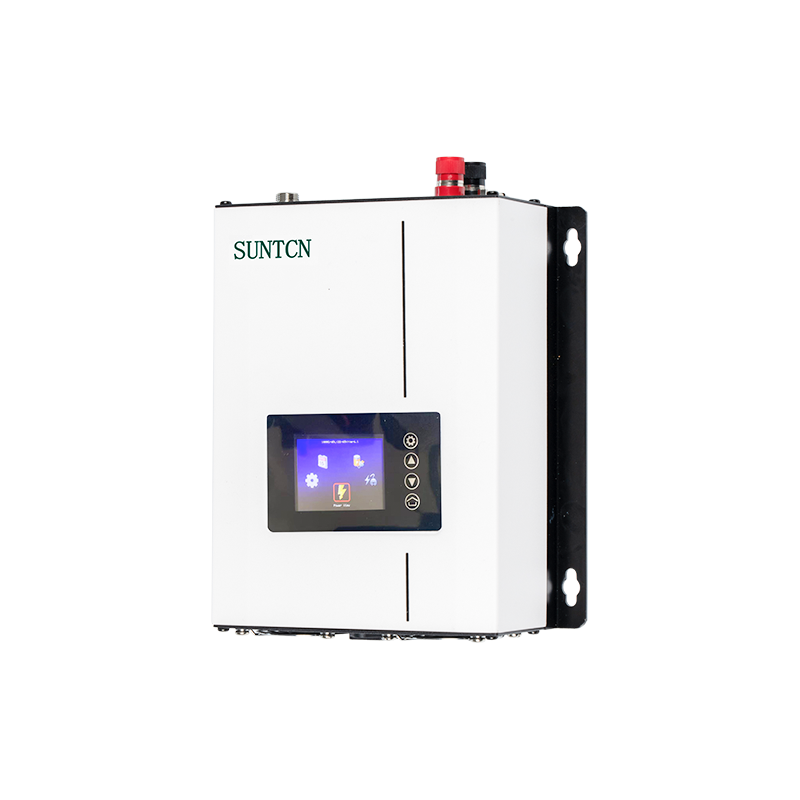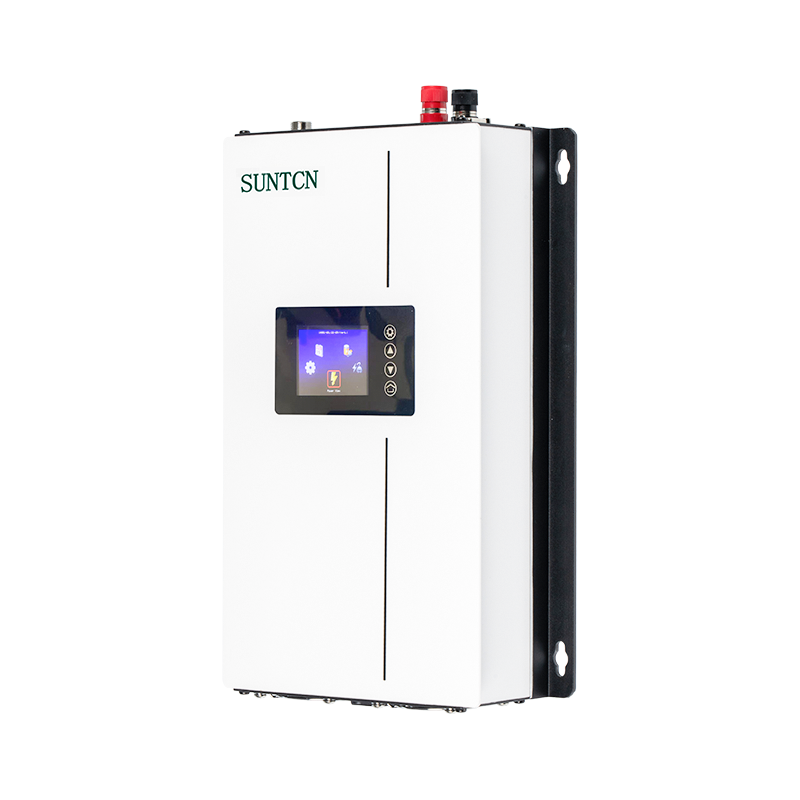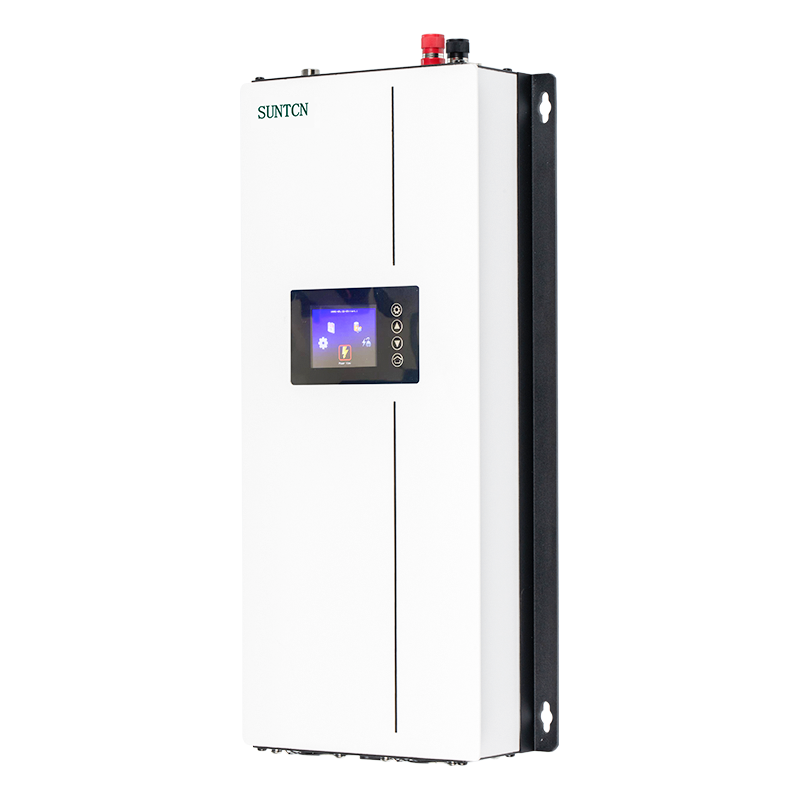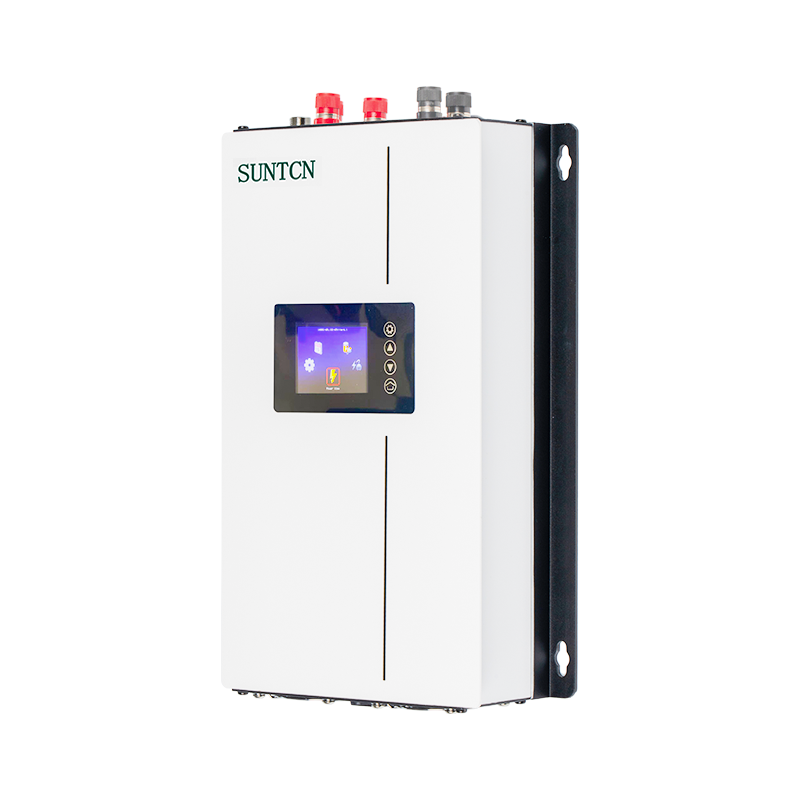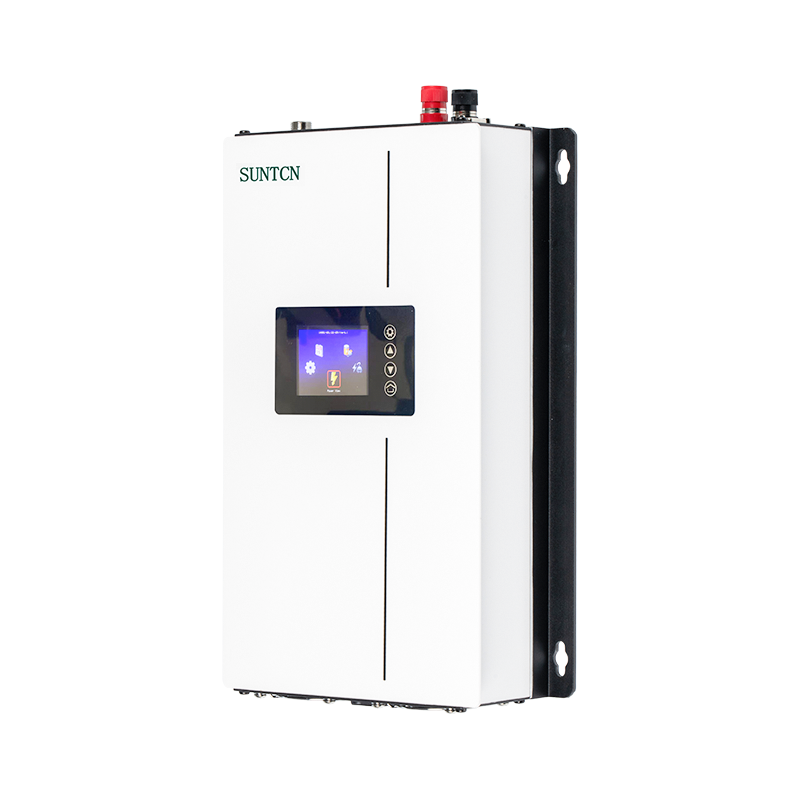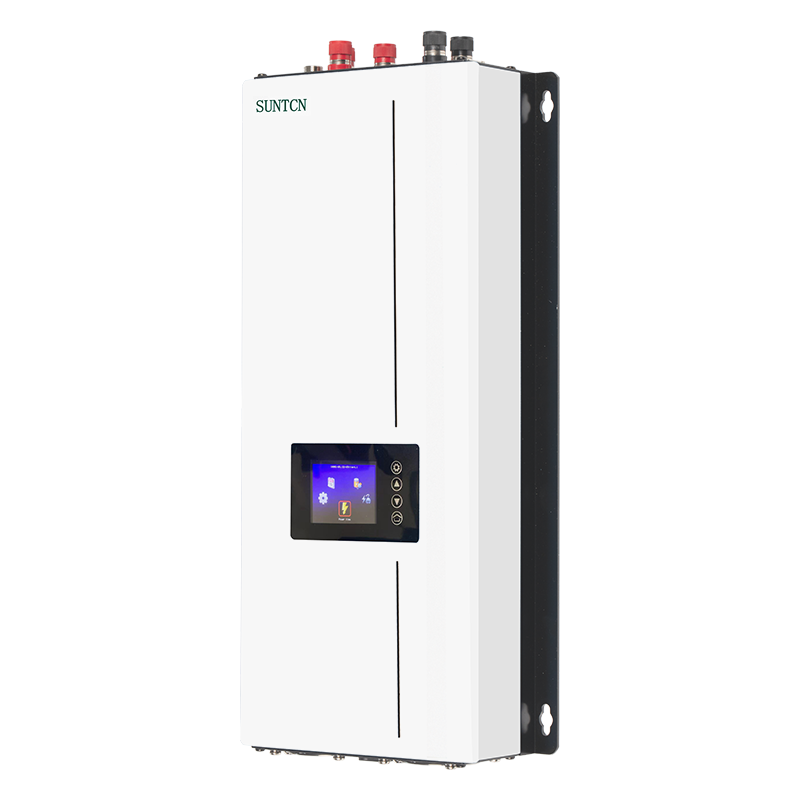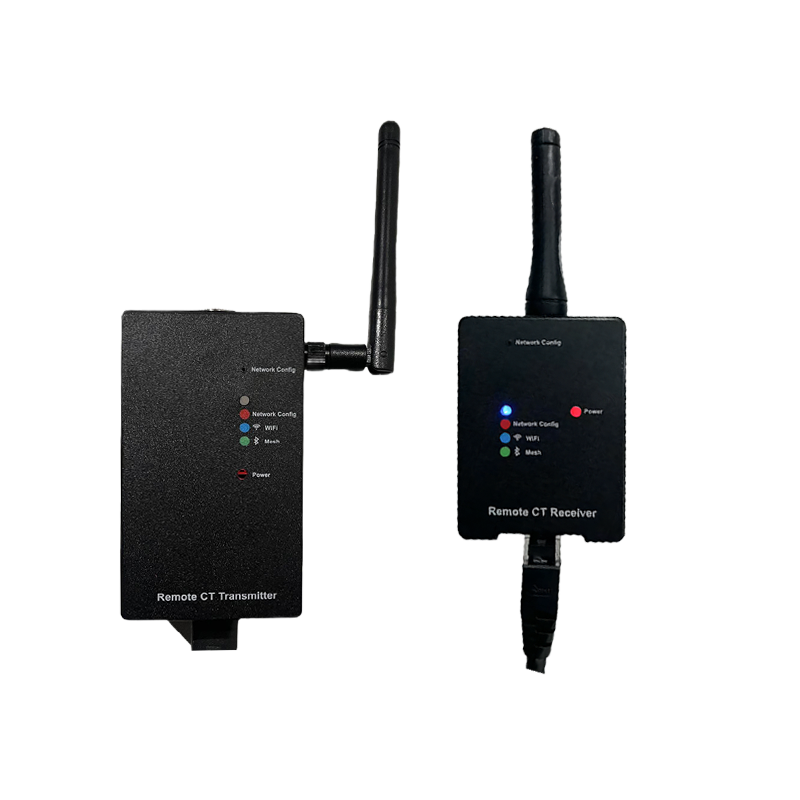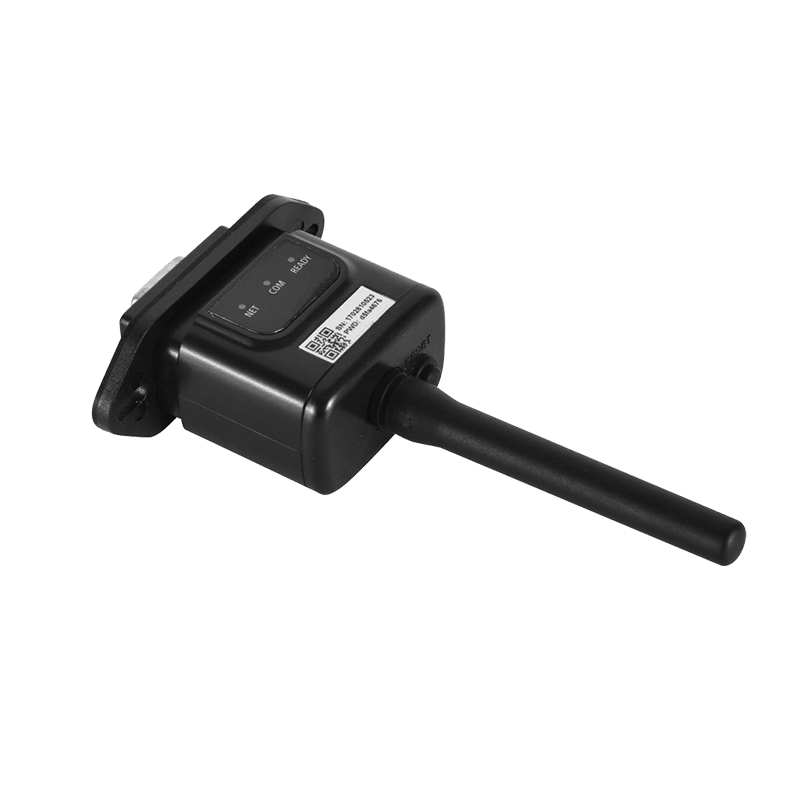In the world of renewable energy, solar energy becomes a beacon of hope for a sustainable future. As more individuals and businesses turn to solar power to meet their power needs, the importance of efficient and reliable solar grid-tied inverters cannot be overstated. These innovative devices play a vital role in converting direct current (DC) electricity produced by solar panels into alternating current (AC) electricity that can be used to power homes and businesses.
At the heart of every solar power system is the solar grid-tied inverter. When sunlight hits solar panels, they generate direct current. However, the electricity our homes and businesses use is alternating current. This is where grid-tied inverters come into play. It converts DC power generated by solar panels into AC power, which can be fed into the grid or used locally. This seamless conversion process allows solar energy to integrate seamlessly with existing electrical infrastructure, making it ideal for residential and commercial applications.
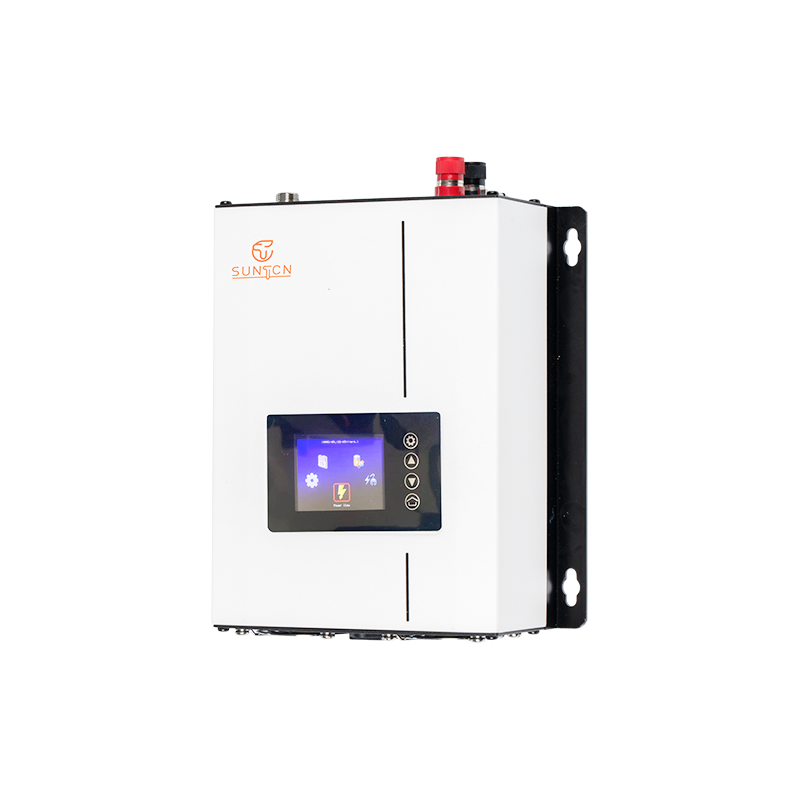
There are many types of solar grid-tied inverters on the market, each with its own unique features and applications. The most common types include string inverters, microinverters and power optimizers. String inverters are the traditional option, where multiple solar panels are connected in series to a single inverter. Microinverters, on the other hand, are installed on each individual solar panel, allowing for greater flexibility and performance monitoring. Power optimizers are a newer innovation that offer the advantages of string inverters and microinverters, optimizing the power output of each panel while still being cost-effective.
Choosing the right solar grid-tied inverter is critical to the overall performance and efficiency of your solar power system. Factors to consider include the inverter’s efficiency, warranty, monitoring capabilities, and compatibility with solar panels. Additionally, it’s important to evaluate whether an inverter will fit the size and configuration of your solar array. Consulting with a professional solar installer or engineer can provide valuable insight into the best inverter selection for your specific needs.
Solar grid-tied inverters are the unsung heroes of the solar revolution, making clean, renewable energy seamlessly integrated into our daily lives. By understanding how these devices work, the types available, and the key considerations when choosing an inverter, individuals and businesses can make informed decisions to maximize the benefits of their solar energy systems. As the demand for solar energy continues to rise, the role of solar grid-tied inverters in shaping a greener, more sustainable future cannot be ignored.

 English
English Español
Español Deutsch
Deutsch